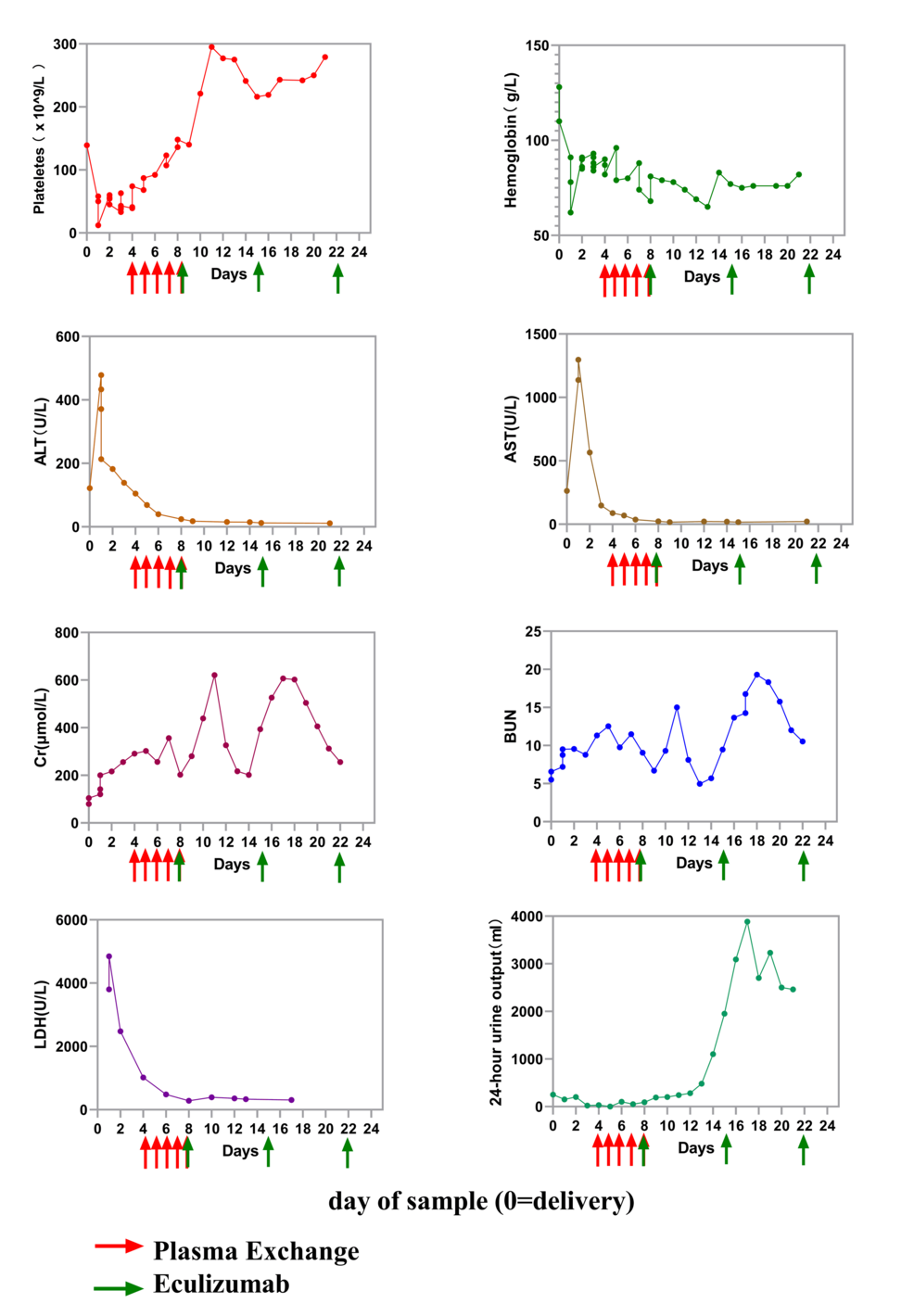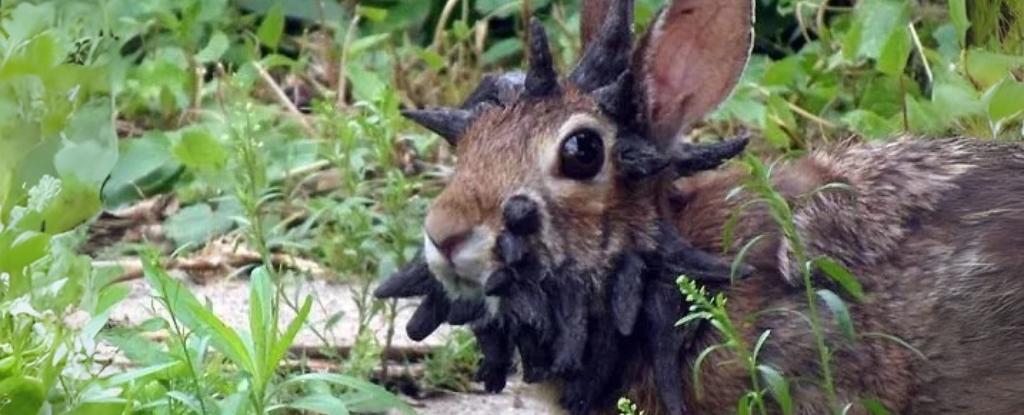Shocking New Wildlife Sightings in Canada’s Tundra – Are We Losing the Fight Against Climate Change?

Imagine a world where the icy tundras of Canada, typically a barren expanse, become a surprising refuge for not one, but two unexpected species. Yes, you heard that right—a yellow warbler and a brown bat have recently been spotted in the remote territory of Nunavut, igniting a firestorm of conversation about the impact of climate change in one of the most inhospitable places on Earth.
Residents in Baker Lake, Nunavut, have been buzzing with excitement, and rightfully so. Natasha Tapatai, a local who captured a photo of the yellow warbler, expressed her awe, saying, "It was my first time to see the bird, but a couple of my friends told me they had seen it before." This moment of joy, however, carries a weighty message about the ecological changes underway.
Nunavut is predominantly composed of tundra, a biome renowned for its frigid temperatures and lack of vegetation. It’s a place where you'd think only the hardiest creatures would thrive. Yet, as global temperatures rise, so too does the potential for more lush growth in these frozen landscapes. The warming climate is allowing shrubs and thickets to sprout up, creating new habitats for species that were once thought to be too fragile to survive this far north.
Birds like the yellow warbler (Setophaga petechia), which traditionally breed in willow thickets near lakes and wetlands, are now finding suitable environments in Nunavut. This is not just a curious occurrence; it’s a clear indicator of how our planet is changing before our very eyes. But it doesn’t stop there. The brown bat, spotted resting on a porch in a neighboring town, struggled to find a suitable habitat, as the northern climate lacks the trees and rocky crevices that are essential for its breeding.
So, why does this matter? Well, bird migration is a crucial element of ecosystems worldwide. Birds play an essential role in controlling pest populations and pollinating plants—without them, our agricultural systems could face devastating consequences. This loss of species and changing migration patterns may threaten food stability and local economies, making the stakes incredibly high.
In Nunavut, the appearance of these new species serves as a chilling reminder of the challenges ahead due to climate change. Increasingly extreme weather events, linked to pollution and carbon emissions, pose real threats to local communities, who depend on stable environments for their livelihoods.
Researchers are keenly observing these developments, noting that the movement of yellow warblers is not merely a fluke. Mark Maftei, founder of the High Arctic Gull Research Group, pointed out, "As temperatures warm and vegetation shifts, you might get willows and thickets further north. The range of the species is going to expand further north, too, and it's not unprecedented." At the same time, this could be a call to action. Taking small steps in our own lives to reduce pollution can have ripple effects in the fight against climate change.
It’s crucial that we educate ourselves on these pressing issues and take local action to protect our environment. For those who feel overwhelmed, consider joining community groups focused on environmental advocacy and conservation. Together, we can tackle the climate crisis, one small step at a time.



















